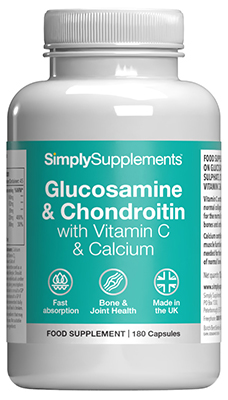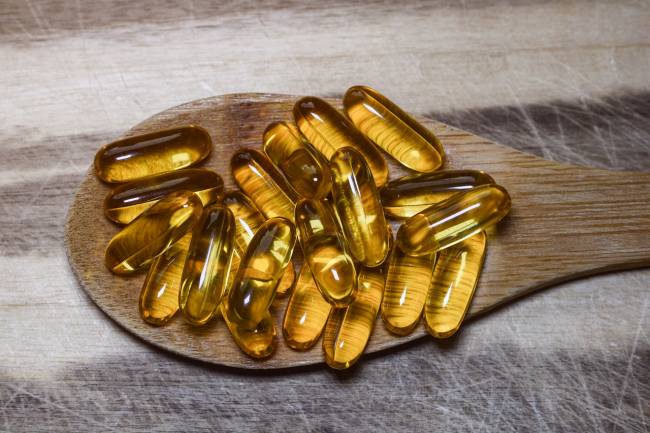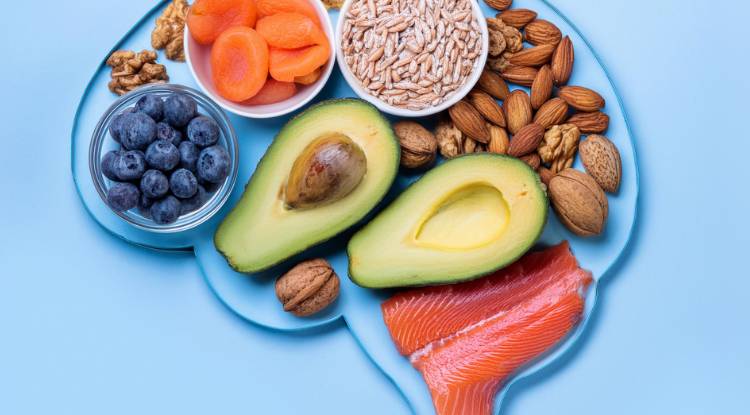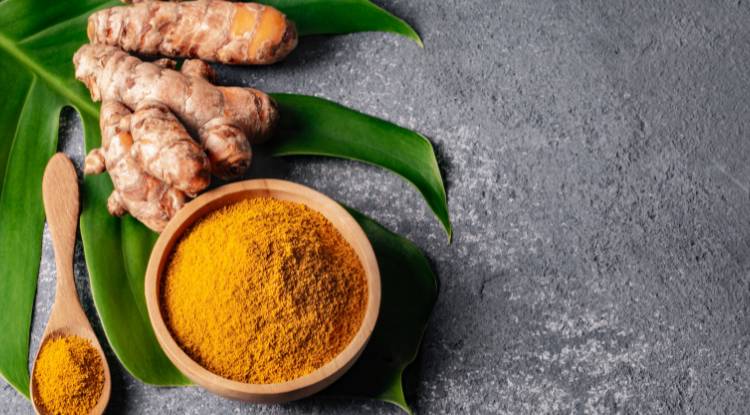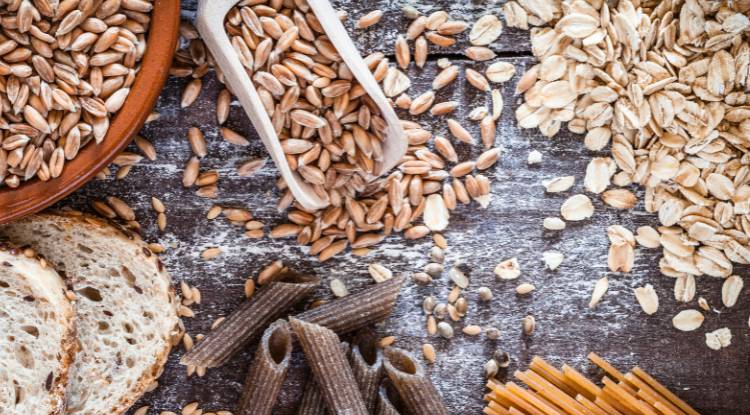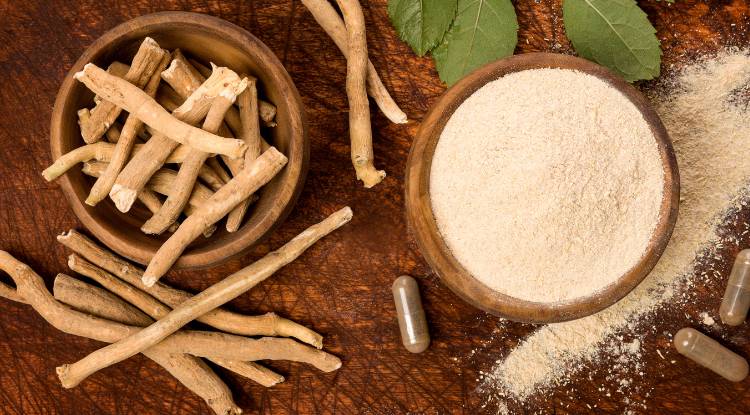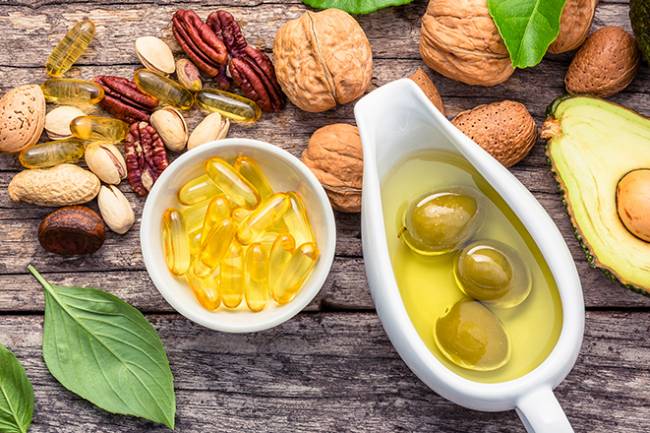Glucosamine and Chondroitin: A Natural Approach to Joint Health

Joint stiffness, discomfort and reduced mobility are common complaints, especially as we age. For many, these symptoms can begin to interfere with everyday activities, from walking up stairs to enjoying an active lifestyle.
As a result, millions worldwide look for ways to support their joint health. Alongside medical treatments and physiotherapy, supplements such as glucosamine and chondroitin have become especially popular options.
But what exactly are these compounds, and do they truly help?
In this article, we’ll explore the science, the benefits, and what you need to know when considering glucosamine and chondroitin as part of your daily supplement routine.
What Are Glucosamine and Chondroitin?
Glucosamine is a naturally occurring compound found in healthy cartilage which is the tough, flexible tissue that cushions joints.
It plays a key role in the formation and repair of cartilage, tendons and ligaments. Although our bodies produce glucosamine, levels tend to decline with age, which may contribute to joint wear and tear over time.
Chondroitin, often paired with glucosamine in supplements, is another important structural component of cartilage.
It helps cartilage retain water, which supports shock absorption and joint flexibility. Like Glucosamine, Chondroitin is naturally present in the body, but levels may decrease as we get older.
Most Glucosamine used in supplements is derived from shellfish, although shellfish-free vegetarian and vegan versions are also available. Chondroitin is typically sourced from animal cartilage, such as bovine or shark, although synthetic alternatives do exist.
How Do They Support Joint Health?
Glucosamine and Chondroitin work together to support the health, structure and resilience of cartilage. This is particularly important in conditions like osteoarthritis, where cartilage gradually breaks down, leading to pain, stiffness and reduced mobility.
Here’s a closer look at how each nutrient helps:
Glucosamine acts as a building block for glycosaminoglycans and proteoglycans, which are essential components of cartilage. It may help support cartilage regeneration and reduce joint inflammation over time.
Chondroitin helps cartilage retain moisture and may also inhibit enzymes that break down cartilage in the joints. Its anti-inflammatory properties may also contribute to reduced joint pain and improved function.
Together, they aim to slow the breakdown of joint cartilage, improve joint lubrication and ease discomfort during movement.
What Does the Research Say?
Over the years, both glucosamine and chondroitin have been extensively studied, especially for their potential roles in managing osteoarthritis. A major study known as the GAIT trial (Glucosamine/Chondroitin Arthritis Intervention Trial), sponsored by the US National Institutes of Health, assessed the effectiveness of Glucosamine and Chondroitin in people with knee osteoarthritis.
The overall results showed limited benefit for the general group, but a subgroup analysis suggested that the combination might be particularly helpful for individuals with moderate to severe knee pain, indicating variability in individual responses.
A 2025 meta-analysis evaluated the effectiveness of Glucosamine and Chondroitin, concluding that these supplements are generally well tolerated and may offer benefits in managing osteoarthritis and related joint pain.
While not a definitive cure, current evidence supports that Glucosamine and Chondroitin can offer meaningful symptom relief for some people, particularly those with osteoarthritis-related joint pain from wear and tear. However, their effectiveness may vary among individuals, and they should be considered part of a broader management plan.
Who Might Benefit from Supplementation?
Glucosamine and Chondroitin may be particularly useful for:
- Individuals with osteoarthritis, especially affecting the knees or hips
- Those over the age of 50, as natural production of glucosamine and chondroitin may decline
- Athletes or active individuals whose joints are under regular stress
- People recovering from joint injury, under the guidance of a healthcare professional
That said, results can vary. Some people notice improvements in flexibility, reduced morning stiffness or better mobility within several weeks, while others may need longer to feel benefits. Consistency is key and these supplements tend to work best when taken daily over a period of at least 8 to 12 weeks.
How to Take Glucosamine and Chondroitin
Most Glucosamine and Chondroitin supplements are available in tablet or capsule form with some formulas combining both nutrients in one convenient tablet, or with other joint-supporting ingredients like MSM, turmeric or collagen.
It’s generally best to take these supplements with food to support absorption and minimise the risk of stomach upset.
Important note: Glucosamine is often derived from shellfish. If you have a shellfish allergy or avoid shellfish for ethical or religious reasons, opt for shellfish-free or plant-based versions. Always consult your doctor or pharmacist before starting a new supplement, especially if you take medications for blood sugar, blood thinning or high blood pressure.
Combining with Other Joint-Supporting Nutrients
While Glucosamine and Chondroitin are a powerful duo on their own, combining them with other ingredients may enhance their effects. Look out for these additions in comprehensive joint formulas:
MSM (Methylsulfonylmethane): A natural source of sulphur that may help reduce joint pain and inflammation
Turmeric (Curcumin): A well-known anti-inflammatory compound that may provide relief from joint discomfort
Collagen (especially Type II): Supports joint structure and cartilage repair
Vitamin C: Contributes to normal collagen formation for the normal function of cartilage
Omega-3 fatty acids: Known for their anti-inflammatory properties and joint-protective effects
Frequently Asked Questions
How long does it take to feel results?
Most people need to take Glucosamine and Chondroitin consistently for 8 to 12 weeks before noticing a difference. Improvements are usually gradual rather than instant. If no improvement is seen after 12 weeks, discontinue use.
Are there any side effects?
These supplements are generally well tolerated. Mild digestive upset is the most common side effect. Rarely, people may experience headaches or drowsiness. Always read the label and consult your GP if unsure.
Are Glucosamine and Chondroitin suitable for vegetarians or vegans?
Standard versions are not, as they are often derived from shellfish or animal cartilage. However, vegan alternatives and plant-based sources are available.
Final Thoughts
Joint health is vital to living an active, independent life, yet it is often taken for granted, until discomfort begins to interfere. Glucosamine and Chondroitin offer a natural, research-backed way to support joint structure and function over time. While they may not work for everyone, many people find consistent use leads to less stiffness, improved mobility and a better quality of life.
If you're looking for a gentle, long-term approach to joint care, Glucosamine and Chondroitin could be a smart addition to your daily routine.
For even more support, consider products that include MSM, turmeric or collagen for a more complete joint care formula.
Explore Simply Supplements’ joint health range to find high-quality Glucosamine and Chondroitin products designed with your wellbeing in mind.
Sources:
https://pubmed.ncbi.nlm.nih.gov/37377986/
https://www.mdpi.com/2072-6643/17/13/2093
https://www.mdpi.com/2226-4787/11/4/117
https://www.cureus.com/articles/162218-chondroitin-sulfate-supplements-for-osteoarthritis-a-critical-review#!/

 Funmi Akinola (Msc, Anutr)
Funmi Akinola (Msc, Anutr) 


